0.5-5% Supramolecular Salicylic Acid Hydrogel is Safe for Long-Term Topical Application and Improves the Expression of Genes Related to Skin Barrier Homeostasis in Mice Models
- PMID: 37260764
- PMCID: PMC10228590
- DOI: 10.2147/DDDT.S397541
0.5-5% Supramolecular Salicylic Acid Hydrogel is Safe for Long-Term Topical Application and Improves the Expression of Genes Related to Skin Barrier Homeostasis in Mice Models
Abstract
Background: As a keratolytic, salicylic acid (SA) can be topically applied in various formulations and doses in dermatology. Supramolecular SA hydrogel, a new SA formulation with higher bioavailability, is developed and commercially available nowadays. However, there still remain concerns that the long-term and continual application of SA at low concentrations may jeopardize the cutaneous barrier properties.
Aim of the study: To reveal the long-term effects of 0.5-5% supramolecular SA hydrogel on the skin barrier in normal mice models.
Materials and methods: The 0.5%, 1%, 2%, and 5% supramolecular SA hydrogel or hydrogel vehicle without SA was applied to mice's shaved dorsal skin once per day respectively. Tissue samples of the dorsal skin were harvested on day 14 and 28 of the serial application of SA for histopathological observation and transcriptomic analysis.
Results: Following topical supramolecular SA hydrogel therapy with various concentrations of SA (0.5%, 1%, 2%, and 5%) for 14 days and 28 days, there were no obvious macroscopic signs of impaired cutaneous health and no inflammatory or degenerative abnormalities were observed in histological results. Additionally, the transcriptomic analysis revealed that on day 14, SA dramatically altered the expression of genes related to the extracellular matrix structural constituent. And on day 28, SA regulated gene expression profiles of keratinization, cornified envelope, and lipid metabolism remarkably. Furthermore, the expression of skin barrier related genes was significantly elevated after the application of SA based on RNA-seq results, and this is likely to be associated with the PPAR signaling pathway according to the enrichment analysis.
Conclusion: Our findings demonstrated that the sustained topical administration of the 0.5-5% supramolecular SA hydrogel for up to 28 days did no harm to normal murine skin and upregulated the expression of genes related to the epidermal barrier.
Keywords: PPAR signaling pathway; skin barrier; supramolecular salicylic acid hydrogel; transcriptomic analysis.
© 2023 Zhou et al.
Conflict of interest statement
The authors declare no conflicts of interest in this work.
Figures

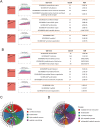
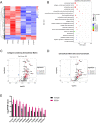
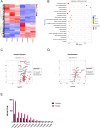
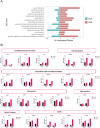
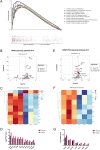
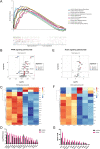
References
MeSH terms
Substances
LinkOut - more resources
Full Text Sources
Research Materials

